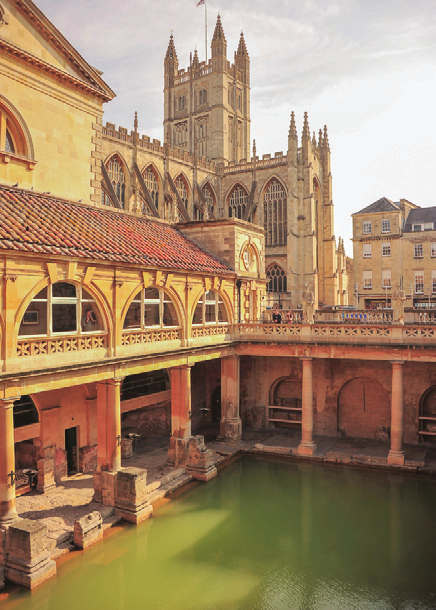The Joys of Bathing
Since the beginning of time, the art of bathing in water has been essential to one’s good health and peace of mind. As early as the third century, bathing emporiums were the fashion. The Greeks and Romans were the leaders in building many elaborate, expensive bathhouses in which they could conduct business, gossip with friends, eat, and drink.
Some public baths were so grand that they could easily contain lecture halls, art galleries, meditation rooms, and prayer stalls. The larger bathhouses combined healing practices with entertainment, social festivities, and physical fitness. It was not uncommon for wounded or weary soldiers to find comfort in a bathhouse, after a battle. Some of the finest healers worked in the baths and could tend their wounds. The majority of bathhouses were very spectacular and ornate, accommodating as many as 6,000 bathers at one time. The elite would bring their servants to run errands, feed or massage them.
Although the Greeks and Romans discovered the perks of bathing around the same time, each had their own unique approach. The Romans bathed to keep themselves healthy while the Greeks believed only women should immerse their whole body in water. The Greeks viewed bathing as something one simply did to cleanse one’s self before conducting business, after a day’s work, or before taking part in philosophical discussions, or battle.
The Roman, Greek, and Egyptian baths were known as temples of beauty, much like those from Atlantean times, and many therapies were developed to either heal or beautify those who entered through their doors. As many as seven healers at one time would take a client into a bath, with each healer taking responsibility for a specific area of the body.
Adapted from an article on Pureinsideout.com

